10F, Building B, Erqi Center, Erqi District,
Zhengzhou City,
Henan Province, China
Wit:+86 15138685087
(WhatsApp/Wechat)

10F, Building B, Erqi Center, Erqi District,
Zhengzhou City,
Henan Province, China
Wit:+86 15138685087
(WhatsApp/Wechat)
Q235 steel is a common Chinese steel grade. It is a type of carbon structural steel, also known as A3 steel. The letter “Q” in Q235 is from the Chinese word “Qu”, which stands for the yield strength of the material. And the number “235” refers that the yield strength value is 235 MPa. A similar expression, Q195 is a carbon structural steel of yield strength 195 MPa. Q235 mild steel has moderate carbon content, which contributes to its excellent combination of strength, ductility, and welding properties. It is widely used in various applications, such as construction, machinery manufacturing, and transportation equipment. Its versatility and cost-effectiveness make it a popular choice in many industries.
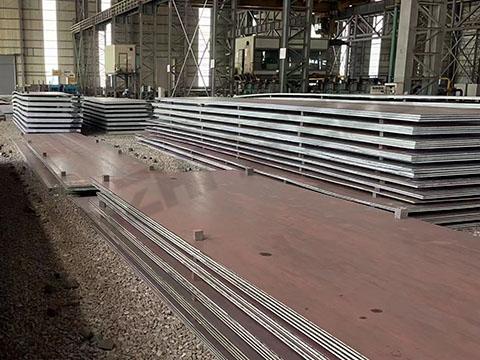
Q235 Carbon Steel
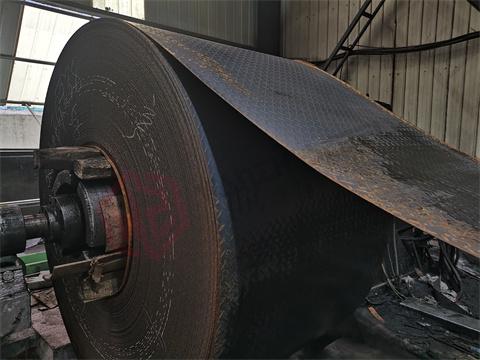
Q235 Steel Coil
Q235 steel is a Chinese carbon structural steel that is widely used in the construction and engineering industries. It is similar to ASTM A36 in terms of chemical composition, mechanical properties, and applications. Q235 steel has a yield strength of 235 MPa and a tensile strength of 375-500 MPa. It is commonly used for making steel bars, pipes, plates, and other structural components in buildings, bridges, and other infrastructure projects.
Here is a table showing the Q235 mechanical properties.
| Property | Value |
| Density | 7.85 g/cm³ |
| Young’s modulus | 200-210 GPa |
| Poisson’s ratio | 0.25-0.33 |
| Tensile strength | 370-500 MPa |
| Yield strength (thickness or diameter≤16mm) | ≤235 MPa |
| Coefficient of thermal expansion (1/°C) | 1.20E-05 |
| Elongation (thickness or diameter ≤16mm) | ≥26% |
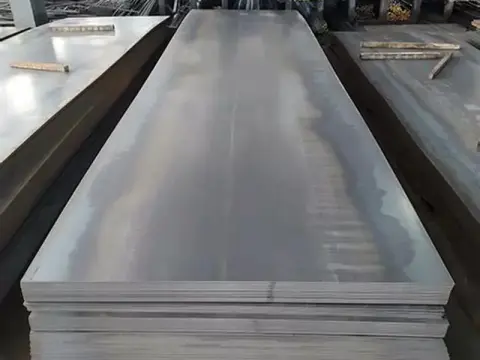
q235 Hot Rolled Mild Carbon Steel Plate
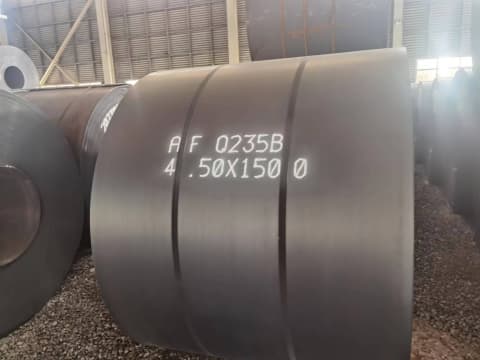
Wholesale Wear Resistant HRC Q235B Steel Coil
The yield strength and elongation of the material decrease with increasing thickness or diameter. Below is a table for your reference.
| Plate Thickness/Diameter | Yield Strength | Elongation |
| ≤16mm | 235MPa | ≥26% |
| >16mm~≤40mm | 225MPa | ≥25% |
| >40mm~≤60mm | 215MPa | ≥24% |
| >60mm~≤100mm | 205MPa | ≥23% |
| >100mm~≤150mm | 195MPa | ≥22% |
| >150mm~≤200mm | 185MPa | ≥21% |
Q235 material is classified into four different grades: Q235A, Q235B, Q235C, and Q235D. The main difference between these grades is the impact temperature. Q235A does not require impact testing, while Q235B requires an impact test at room temperature (20℃), Q235C requires an impact test at 0℃, and Q235D requires an impact test at -20℃.
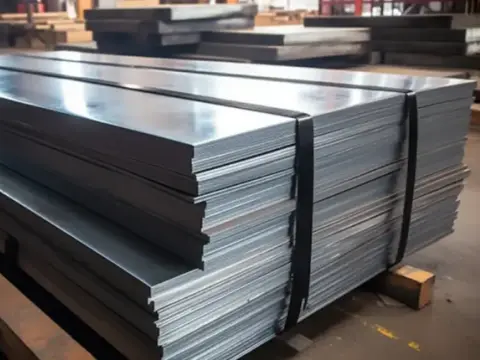
Q235-Steel Black Iron Hot Rolled Sheet
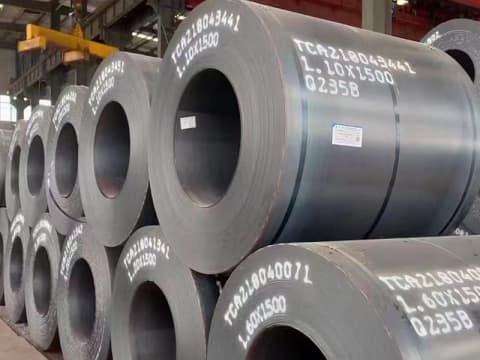
Q235B Hot Rolled Carbon Steel Coils
| Grade | C (%) | Mn (%) | Si (%) | S (%) | P (%) |
| Q235A | ≤0.22 | ≤1.4 | ≤0.35 | ≤0.050 | ≤0.045 |
| Q235B | ≤0.20 | ≤1.4 | ≤0.35 | ≤0.045 | ≤0.045 |
| Q235C | ≤0.17 | ≤1.4 | ≤0.35 | ≤0.040 | ≤0.040 |
| Q235D | ≤0.17 | ≤1.4 | ≤0.35 | ≤0.035 | ≤0.035 |
Below is a table showing the Q235 equivalent material according to different standards.
| China | USA | Japan | Germany | European Union | International | Australian |
| GB | ASTM | JIS | DIN | EN 10025-2 | ISO | AS/NZS 3678 |
| Q235A | ASTM A36 | SS400/SM400A | S235JR | S235JR | S235B | 250 |
| Q235B | ASTM A283/A283M | SS400/SM400A | S235JR | S235JR | S235B | 250 |
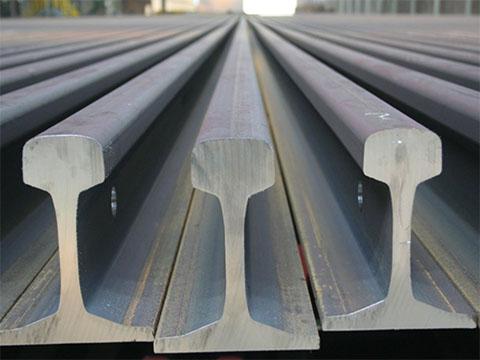
Structural Steel
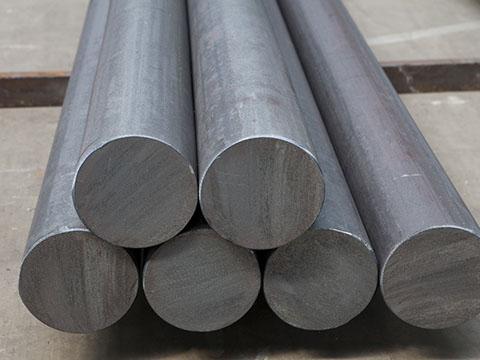
Steel Bars
Q235 steel is a type of carbon steel commonly used in various applications due to its versatile properties and cost-effectiveness. Here are some of the applications:
Construction and steel structures: For example, it can be used for making steel bars, frames of factory buildings, transmission towers, bridges, vehicles, boilers, containers, ships, and other structures that require strength and durability.
Molds and other components: It is suitable for making various mold handles and other less critical mold components that do not require high precision or high durability.
Punching tools: It is commonly used as a material for punch heads. After quenching, it does not need to be tempered and can be used directly with a hardness of 36~40HRC. This has solved the problem of punching heads breaking during use.
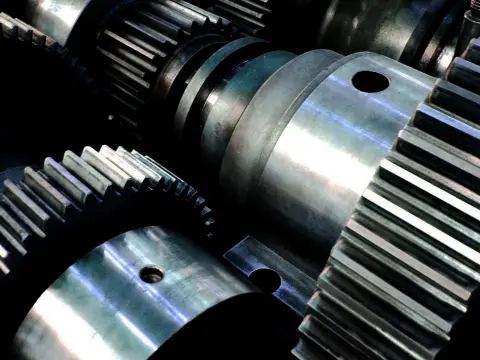
Wear-resistant gears
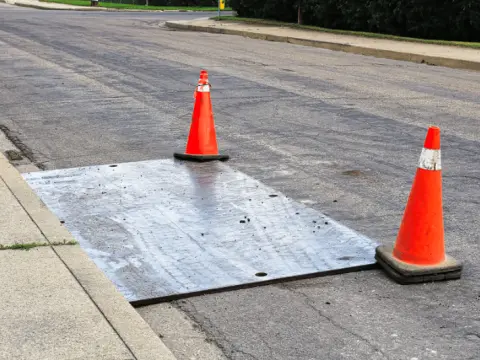
Road steel plate
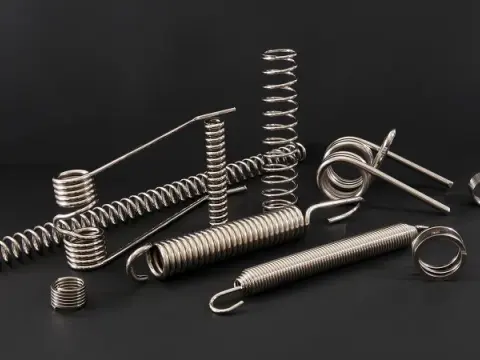
Mechanical springs
Q: Is Q235 steel magnetic?
A: Yes, it is magnetic. Q235 is a type of low carbon steel that contains iron as its main element, and iron is a ferromagnetic material. This means that it can be magnetized.
Q: Will Q235 steel rust?
A: Yes, it will rust. As mentioned, Q235 steel is vulnerable to corrosion when exposed to moisture, oxygen, and other environmental factors. Rusting occurs when the iron in the steel reacts with oxygen when exposed to water or moisture to form iron oxide. To prevent rusting, it can be coated with protective layers such as paint, oil, or other coatings, such as zinc coating, Al-Zn coating.
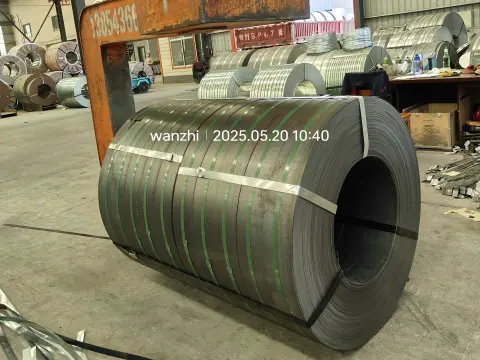
HRC steel strip
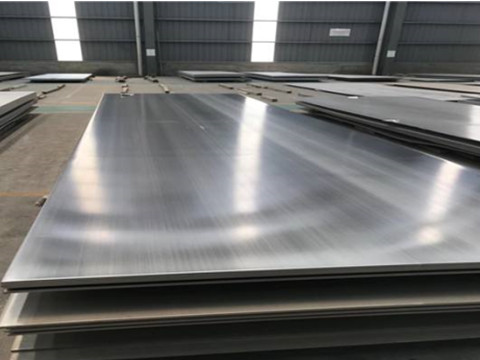
Cold Rolled Steel Sheet
Q235 is a commonly used carbon steel that is widely used in various industries due to its good strength, toughness, and low cost. It has a relatively low carbon content, which makes it easy to weld and shape. Its mechanical properties make it suitable for a wide range of applications.
As a professional supplier of low/medium/high carbon steel in China, Wanzhi Steel specializes in the production of carbon steel coils, plates, pipes, and galvanized carbon steel coils and plates, and provides color coating services. If you are interested, welcome to contact us.





